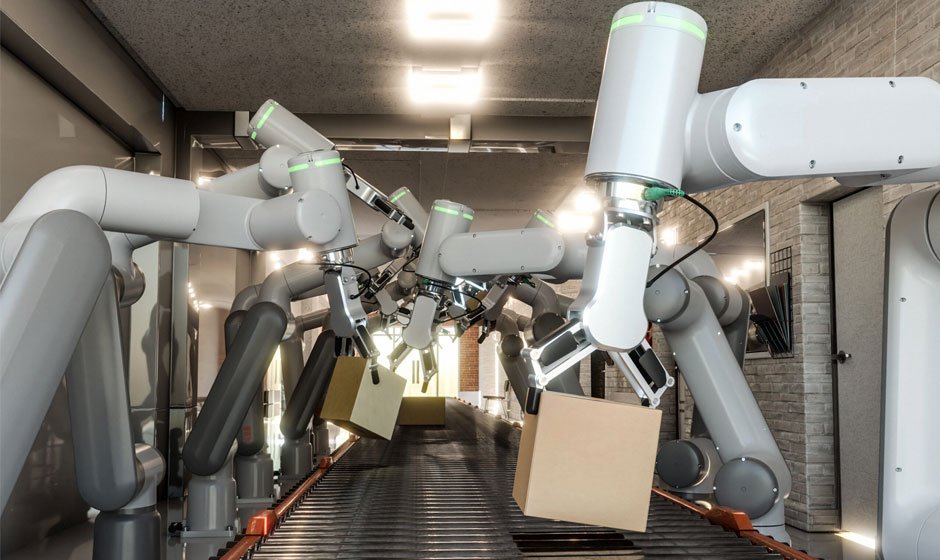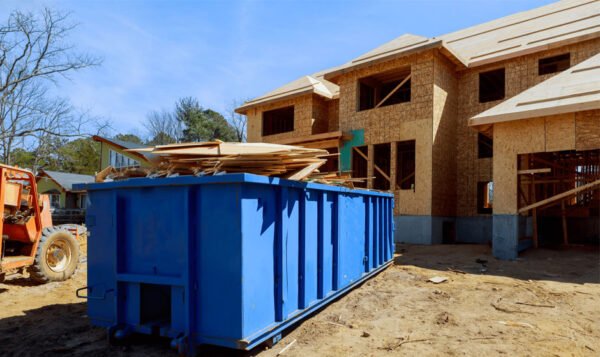How Robotics Transforms Third-Party Logistics for Superior Business Performance

In the fast-paced world of modern commerce, the efficiency and reliability of logistics operations are crucial for business success. Third-party logistics (3PL) providers are essential in managing the supply chain, ensuring that goods move smoothly from manufacturers to customers.
The advent of robotics has revolutionized 3pl operations, bringing unparalleled efficiency, accuracy, and scalability enhancements.
This article explores how robots transform third-party logistics, driving superior business performance and setting new standards in the industry.
1. Increased Efficiency and Productivity
Robotics significantly enhances the efficiency and productivity of third-party logistics operations. Automated systems, such as robotic picking and sorting machines, can operate continuously without fatigue, drastically reducing the time required for order fulfillment. Robots can handle repetitive tasks much faster than human workers, enabling 3PL providers to process more orders in less time. This increased throughput meets the growing demand and reduces operational costs, allowing businesses to allocate resources more effectively and improve their bottom line.
2. Enhanced Accuracy and Reduced Errors
Accuracy in logistics operations is paramount to maintaining customer satisfaction and minimizing costly errors. Robotics excels in precision, significantly reducing the likelihood of mistakes in picking, packing, and sorting processes. Advanced sensors and AI-driven algorithms enable robots to identify and handle items accurately. This precision ensures that orders are fulfilled correctly, reducing the incidence of returns and enhancing overall customer satisfaction. By minimizing human error, robots help 3PL providers maintain a high standard of service quality.
3. Scalability and Flexibility
The scalability and flexibility offered by robotics are transformative for third-party logistics providers. As businesses grow and demand fluctuates, the ability to scale operations up or down quickly becomes crucial. Robotic systems can be easily adjusted to accommodate varying workloads, ensuring that 3PL providers can meet peak demands without compromising efficiency. This adaptability allows for the seamless integration of additional robotic units as needed, providing a flexible solution that grows with the business. Moreover, robotics enables 3PL providers to handle a diverse range of products and order types, enhancing their capability to serve different market segments.
4. Improved Warehouse Utilization
Effective space utilization is a significant challenge in warehouse management. Robotics optimizes the use of warehouse space by enabling more efficient storage solutions. Automated storage and retrieval systems (AS/RS) use vertical space more effectively, allowing for higher-density storage and reducing the footprint required for operations. Robots can navigate narrow aisles and reach higher shelves, maximizing the available storage capacity. This optimization increases the volume of goods that can be stored and improves the flow of materials within the warehouse, enhancing overall operational efficiency.
5. Enhanced Data Collection and Analytics
Robotic systems have advanced sensors and connectivity features that facilitate real-time data collection. This data provides valuable insights into various aspects of logistics operations, such as inventory levels, order processing times, and equipment performance. By analyzing this data, 3PL providers can identify trends, optimize workflows, and make data-driven decisions that improve efficiency and reduce costs.
6. Sustainability and Environmental Benefits
Robotics contributes to sustainability efforts within third-party logistics by optimizing resource use and reducing waste. Automated systems are designed to operate efficiently, consuming less energy than traditional methods. Improved accuracy in order fulfillment minimizes the need for reprocessing and reduces material waste. Additionally, robots can enhance the efficiency of transportation logistics by optimizing load planning and reducing fuel consumption.
Integrating robotics into 3pl operations transforms the industry, driving superior business performance through increased efficiency, enhanced accuracy, scalability, improved warehouse utilization, better data collection, and sustainability benefits. As businesses evolve in response to market demands, adopting robotic solutions will become increasingly essential. By leveraging the power of robots, third-party logistics providers can deliver higher-quality service, meet customer expectations, and achieve long-term success in a competitive landscape.



